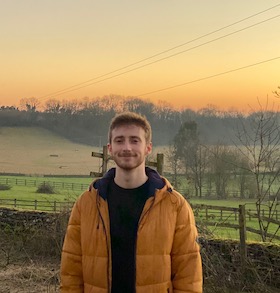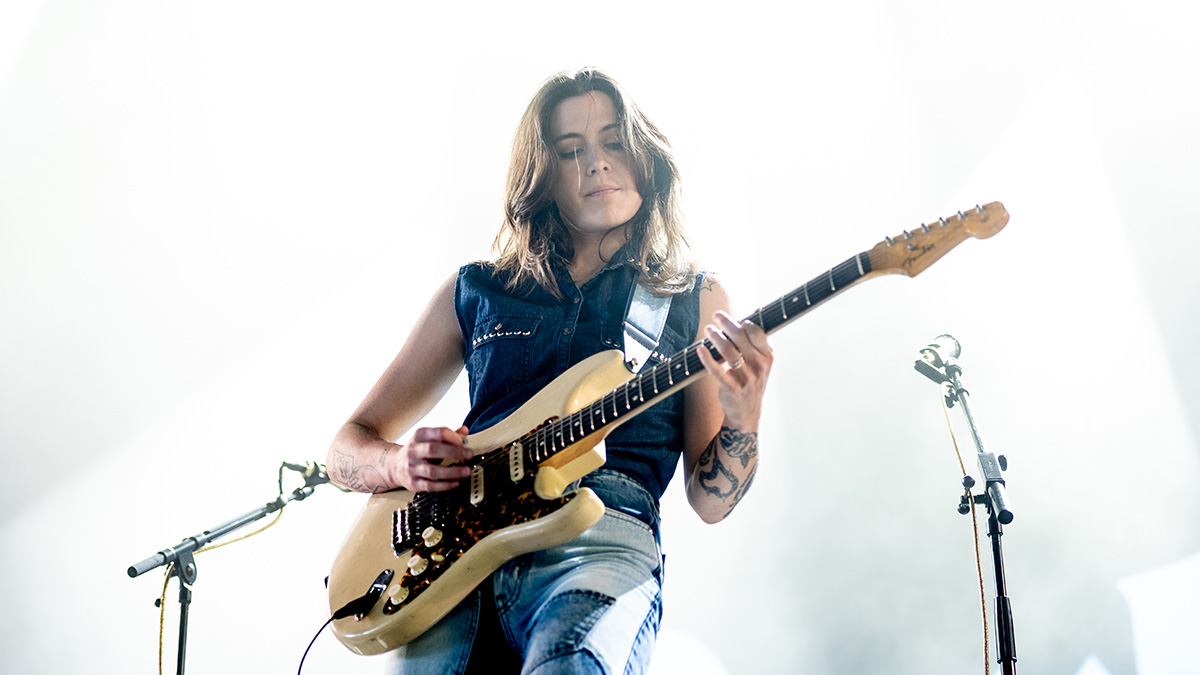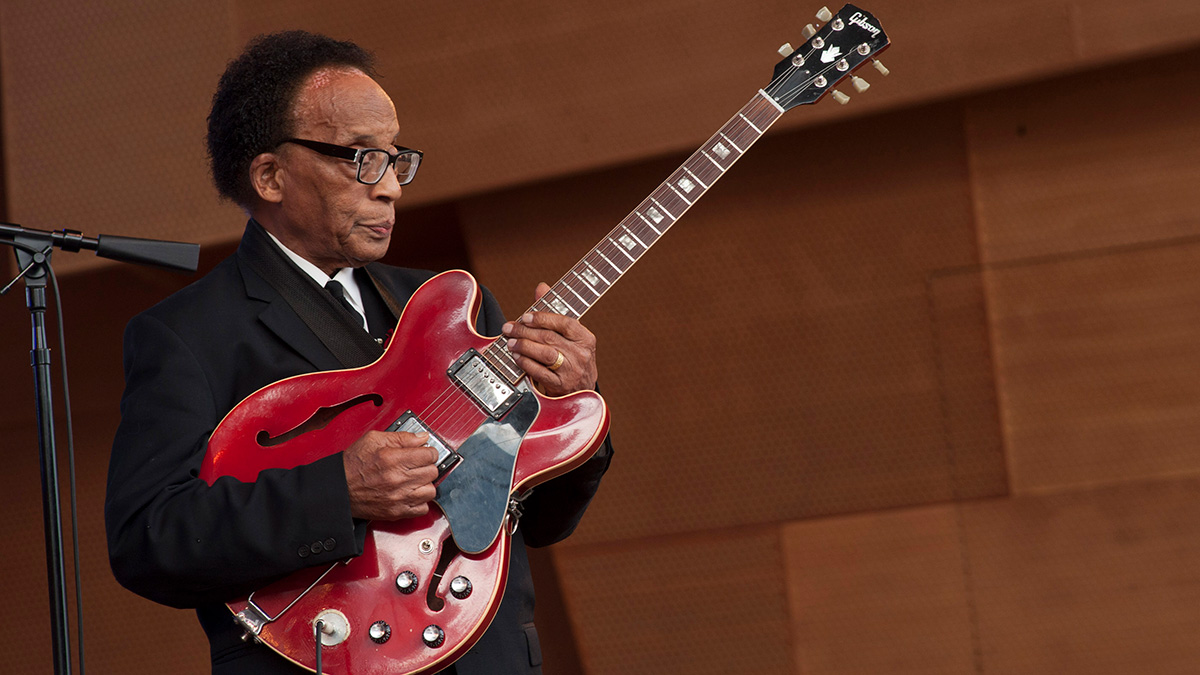
When you think of Jimi Hendrix’s classic gear choices for Purple Haze, the Fuzz Face and Roger Mayer’s pioneering Octavia effect immediately spring to mind. Likewise, in the electric guitar department, Hendrix’s go-to Fender Stratocaster is equally synonymous with the track, having been wielded by the legendary guitar player throughout much of the ‘60s.
It wasn’t, however, the only guitar Hendrix used on the song. As it turns out, he was forced into opting for a different six-string during the Purple Haze session, and one that is seldom associated with the iconic artist’s catalog of guitars – the Fender Telecaster.
In a new interview with GuitarPlayer.com, studio mastermind Mayer himself looked back at the Purple Haze recording sessions, and revealed that the solos you hear on the iconic track were not, as many would be led to believe, recorded on Hendrix’s Strat.
The story begins with Hendrix’s first UK gig on February 3 1967 at the Ricky Tick, which preceded the studio session. Mayer recalls, “It was a small, upstairs venue above a bunch of shops in Hounslow, London. I reckon the overall height was no more than about 10 feet.
“The crowd went absolutely mad. Because nobody had ever seen anything like it,” he continued. “Especially the performance side of it. Jimi was doing his stuff – so, he wasn’t thinking twice about his performance, and in the heat of the moment his guitar just went up and straight through the ceiling.
“When he put his guitar through the ceiling, he bent one of the machine heads. Obviously, he was playing a Strat upside-down, and the top E tuner got bent. That meant he couldn’t keep the guitar in tune properly. This was in the early days, and he only had this one guitar with him at the gig.”
With the pair due to rendezvous at Olympic Studios to record the solos for Purple Haze and Fire using Mayer’s Octavia, Hendrix found himself without his trusty Stratocaster for the soon-to-be-iconic session. The sticky situation called for a last-minute gear shake-up – one that has scarcely been discussed in Hendrix lore.
Get The Pick Newsletter
All the latest guitar news, interviews, lessons, reviews, deals and more, direct to your inbox!
“He only had one guitar at the gig – this Strat he was using – and he’d just broken it,” says Mayer. “So, on the way to Olympic, we had to dispatch Noel [Redding] off to get another one. I went in my own car, Jimi went with [Gerry] Stickells, and Noel went off in a taxi to get another guitar.”
The Purple Haze solos were played on the upper part of the neck. Jimi wasn’t intending to use a vibrato, so it didn’t matter that it was a Telecaster
The guitar in question was a Butterscotch Blonde Fender Telecaster, with Mayer commenting, “The Purple Haze solos were played on the upper part of the neck and Jimi wasn’t intending to use a vibrato, so it didn’t matter that it was a Telecaster.
“The sound of a Tele on the bridge pickup is similar to a Stratocaster in many ways. I mean, it’s not worlds apart if you’re playing in the upper register,” he added. “Plus, with the effects Jimi was using it would have been impossible to tell the difference.”
Unfortunately, there are no photographs of the solo recording session, so we’ll just have to close our eyes and imagine Hendrix wielding the single-cut six-string whenever we listen to Purple Haze from now on.
In other Hendrix news, Roger Mayer recently launched his own recreation of the original effect he made for Jimi, the Purple Haze Octavia.

Matt is the GuitarWorld.com News Editor. He has a Masters in the guitar, a degree in history, and has spent the last 16 years playing everything from blues and jazz to indie and pop. When he’s not combining his passion for writing and music during his day job, Matt records for a number of UK-based bands and songwriters as a session musician.
“I suppose I felt that I deserved it for the amount of seriousness that I’d put into it. My head was huge!” “Clapton is God” graffiti made him a guitar legend when he was barely 20 – he says he was far from uncomfortable with the adulation at the time
“I was in a frenzy about it being trapped and burnt up. I knew I'd never be able to replace it”: After being pulled from the wreckage of a car crash, John Sykes ran back to his burning vehicle to save his beloved '76 Les Paul










